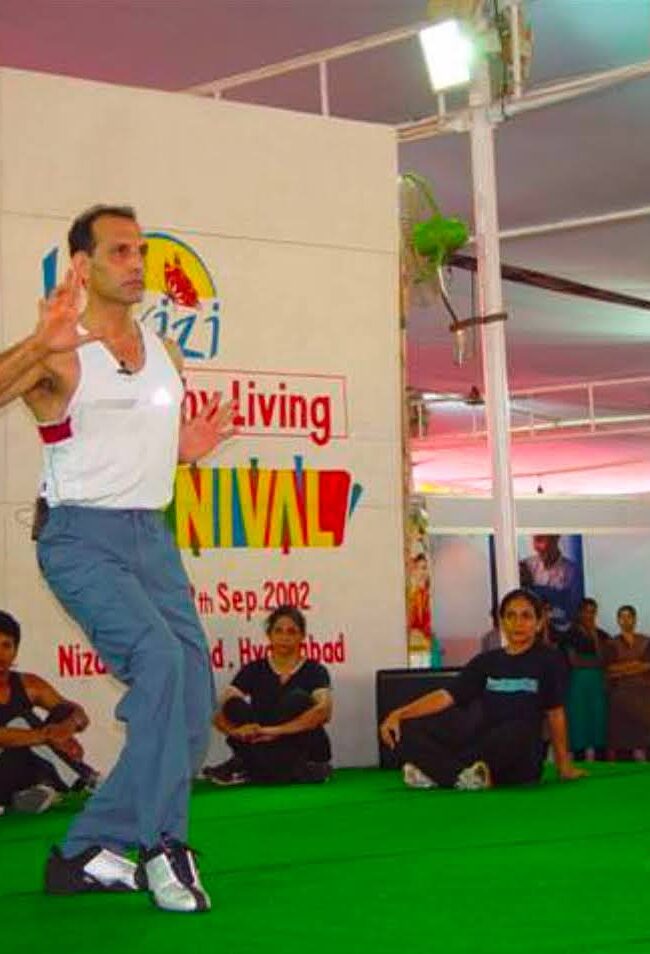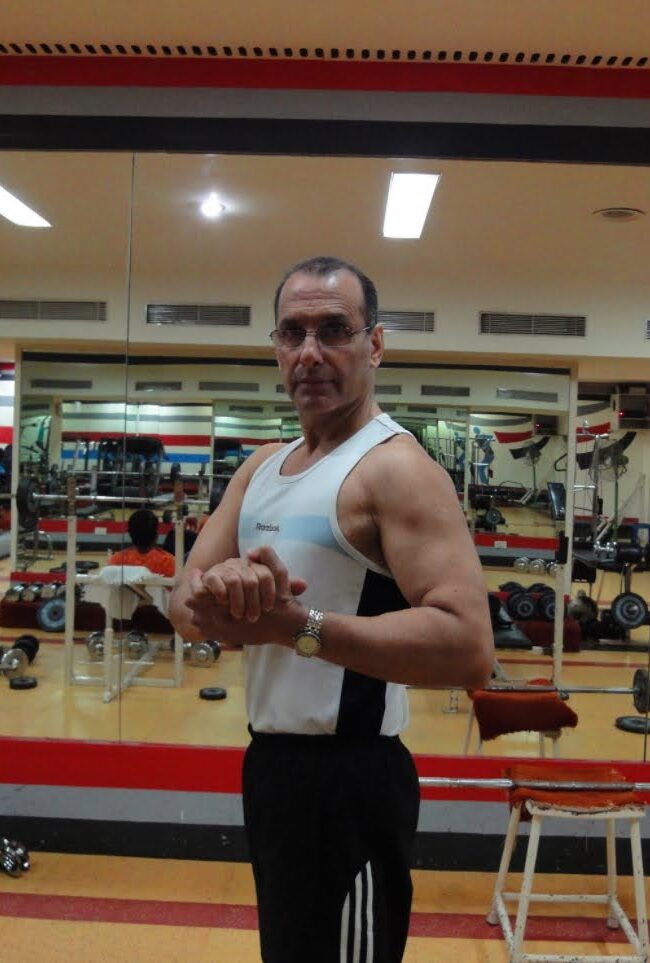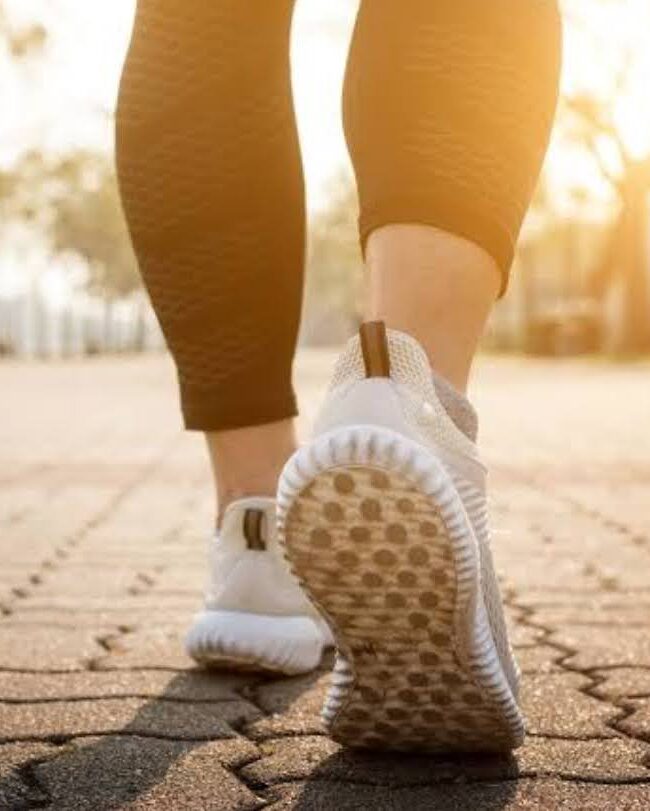
Diabetes – Could it be Chemicals and Pollutants?
India is known to be the diabetic capital of the world?
In the early 1970s, the Indian Council of Medical Research (ICMR) study showed that only 2% of the urban population and 1% of individuals living in the rural areas had diabetes.
At that time diabetes was considered a ‘Migrant Indian Disorder’ as Indians living abroad (US, UK & South Africa) had double digit rates of diabetes.
What does this mean? It means that it was a lifestyle disease borrowed from the west that continues unabated even till this day. It started in 1991, when India’s economy opened its doors to socio-economic free trade and foreign investment. Indians went berserk on the newly introduced packaged foods, breakfast cereals, ready-to-cook meals, candy, and canned juices. Indians turned fat, Indians became diabetic – and hypertension was seen as a common disorder.
That said, it appears that diabetes is a result of excess sugar coming from food. But that’s only half the truth. It’s now understood that chemicals that surround us also have an equal role to play in exacerbating insulin resistance.
How is that? The explanation is that the chemicals we come in contact with: washing powders, dishwashing gels, soaps, candles, perfumes, cosmetics, shampoos, hair dyes, air freshers, insect repellents, paints, etc; are absorbed through our skin which down-regulate the proteins that bind insulin onto our cells (receptors). The signals beyond that become dysfunctional and lead to insulin resistance.
These molecules make their way to different tissues and create insulin resistance in different areas, and in different forms.
Meaning, type 2 diabetes is insulin resistance manifestation at the level of the liver (fatty liver); Polycystic Ovarian Syndrome (PCOS) is the manifestation of insulin resistance at the ovary; Coronary Artery Disease (CAD) is the result of insulin resistance at the heart, Alzheimer’s (now we are beginning to learn) is a disease due to insulin resistance in the brain.
What to do? Go natural; go back to eating home cooked wholesome food and do your best not to over expose yourself to chemicals and pollutants.
Exercise still remains one of the best options to extend longevity and to live a life full of quality and strength.
Zareer Patell, Black Belt, Personal / Online Fitness Training & Wellness Columnist (since 1972).









